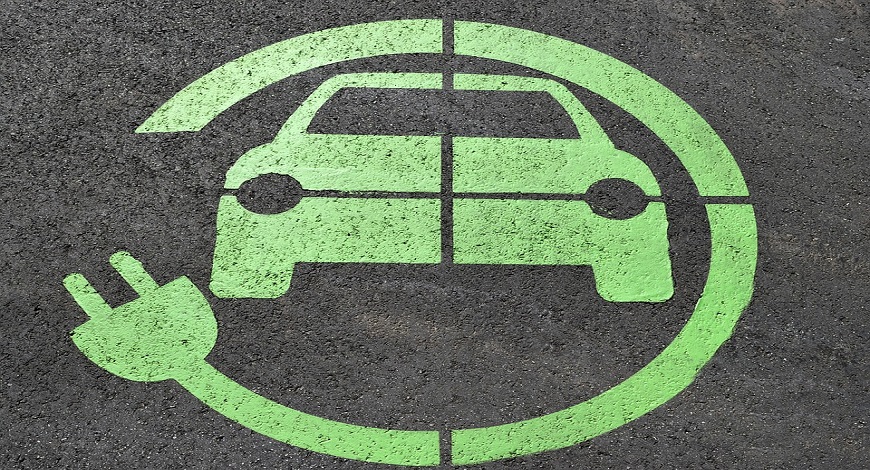
Table of Contents
The steady decline of Lithium ion battery price despite raw material price volatility is a subject of close observation. The resilience and consistency of this price decline, from $1,110 per Kilowatt-hour a decade ago to around $137 per Kilowatt-hour as of the latest figures, reveals leaps in the viability of battery technology.
The consistent decline in battery prices, despite the volatility in raw material costs, can be attributed to significant R&D efforts, economies of scale, improved supply chains, localized manufacturing, and market competition. This edition of LOHUM Battery Decoded will delve into the factors and variables impacting or influencing Lithium ion battery price, and the nature & weightage of each price sub-component.
Cost Percentage Breakdown of Li-ion Cell Components
CAM
Cathode Active Materia:
This is often the largest lithium ion battery price component due to the expensive metals used. The price weightage of CAM in total Lithium ion battery price may vary from 29% to around 51%, depending on the cell chemistry and the price factors of individual metals like Lithium and Cobalt.
Anode
Anode:
Typically comprises around 8% to 12% of the total cell cost, with materials like graphite most commonly used.
Secondary Components
Binder and Conductive Carbon:
These materials ensure the integrity and conductivity of the electrodes. and comprise around 1% of the total lithium ion battery cell price cost.
Current Collectors:
Both positive and negative, they contribute to the battery’s overall cost but to a lesser extent than the active materials.
Separator:
This critical safety component comprises around 7% of the total lithium ion battery cell price cost.
Electrolyte:
The medium for ion transport, it makes up around 4% of the cost.
Packaging Foil:
Used to encase the battery cells, it has a smaller cost impact, at approximately 1%.
Factors Other Than Battery Raw Material & Component Costs
Manufacturing Costs:
The process of manufacturing LIBs is complex and involves significant costs related to the procurement of raw materials, assembly, and quality control.
Economies of Scale:
As production volume increases, the lithium ion battery price per unit can decrease, making batteries more affordable.
Technology and R&D:
Investments in research & development can lead to more efficient manufacturing processes and better battery chemistries, which can reduce lithium ion battery price over time.
Supply Chain Dynamics:
The availability and cost of raw materials, influenced by geopolitical factors, supply chain robustness, and market demand, play a crucial role.
Regulatory Policies:
Government incentives, subsidies, or regulations for circularity in electric vehicles (EVs) and renewable energy storage can influence Lithium ion battery price.
Market Competition:
The presence of multiple competing battery manufacturers worldwide has driven Lithium ion battery price down.
Emerging Materials and Manufacturing Technologies
Advancements in materials and manufacturing technologies that may reduce costs include:
Solid-State Batteries:
Using solid electrolytes can potentially increase safety and energy density.
Silicon Anodes:
Offering higher capacity than graphite, leading to better performance.
Advanced Cathode Materials:
Such as the new and emerging lithium manganese iron phosphate (LMFP) battery technology, which is cheaper and has a longer life.
Improved Manufacturing Processes:
Such as dry electrode coating, which can reduce production costs and environmental impact.
The Lithium ion battery price trends through raw materials over the last decade have been characterized by significant geography & geopolitics-related fluctuations, particularly for key components like lithium, cobalt, and nickel. According to the IEA’s Global EV Outlook 2023, the demand for automotive lithium-ion (Li-ion) batteries rose by about 65% to 550 GWh in 2022, from about 330 GWh in 2021. This surge in demand has driven the need for critical materials, with lithium demand exceeding supply despite a 180% increase in production since 2017.
Pricing Trends of Battery Raw Materials: Over Last 10 Years
Lithium:
The price of lithium has seen high volatility, with a price spread of more than 800% over the analyzed period.
Cobalt:
Cobalt prices have also fluctuated significantly, with almost a 300% price spread during the same period.
Nickel:
Nickel sulfate showed a narrower price spread compared to other raw materials during the post-pandemic recovery.
The impact of raw material price drops on the final battery price is complex and depends on various factors, including the percentage of cathode active material (CAM) in each battery chemistry, manufacturing processes, and market dynamics. Notably, the LFP battery chemistry is slowly capturing some of the market that was dominated by NMC before, hence the global averages for price are expected to be lower than before due to lowering cost of LFP.
However, recent data suggests that a decrease in raw material costs has been a primary contributor to the decline in battery prices. Goldman Sachs Research anticipates battery prices to fall to $99 per kilowatt-hour around 2025, a 40% drop from 2022, estimating that almost half of the decline will come from declining prices of EV raw materials such as lithium, nickel, and cobalt.
This indicates that a significant drop in the price of lithium or cobalt raw material can correspond to a substantial decrease in the final lithium ion battery price, a trend now visible on the market.
Various indices and market sources to determine the exact price structure of batteries based on user-input data and formulae exist. To maximize the ease of battery asset management decisions, LOHUM hosts DETX, a platform that enables ‘future’ purchase prices to help companies get into buyback agreements. The platform locks-in lithium ion battery price, enabling the industry players to insulte themselves through weighted prices.
The DETX platform can price over 3 years forward based on empirical and real-time demand and supply, and is linked to correlated international indices. Data-based commodity indices and live pricing services are becoming increasingly instrumental in optimizing raw material procurement, recycling, and battery asset management.
With the proliferation of 2nd life Energy Storage Systems (ESS), demand for new cell manufacturing will likely dampen, leading to an increase in ESS supply, and a decrease in raw material demand, lowering prices notably within the decade.
Related blogs
This entrepreneur wants India to make its own lithium-ion cells for electric vehicle batteries

Forbes India
Rajat Verma already recovers raw materials from used cells at his venture, LOHUM Cleantech. He wants to close the loop by making cells in India as well.
India needs integrated recycling and repurposing battery business model: Rajat Verma of LOHUM Cleantech

YOURSTORY
In an interaction with AutoStory, Rajat Verma, Founder and CEO of LOHUM Cleantech, speaks about building his company, and about battery manufacturing and repurposing as an industry.
Sourcing Raw Materials Is A Big Challenge In Li-ion Battery Space: Founder Lohum

Business World Disrupt
Recognized as ‘The Most Innovative Company of the year 2022’ by The Confederation of Indian Industry (CII), LOHUM is a producer of sustainable Li-ion battery raw materials